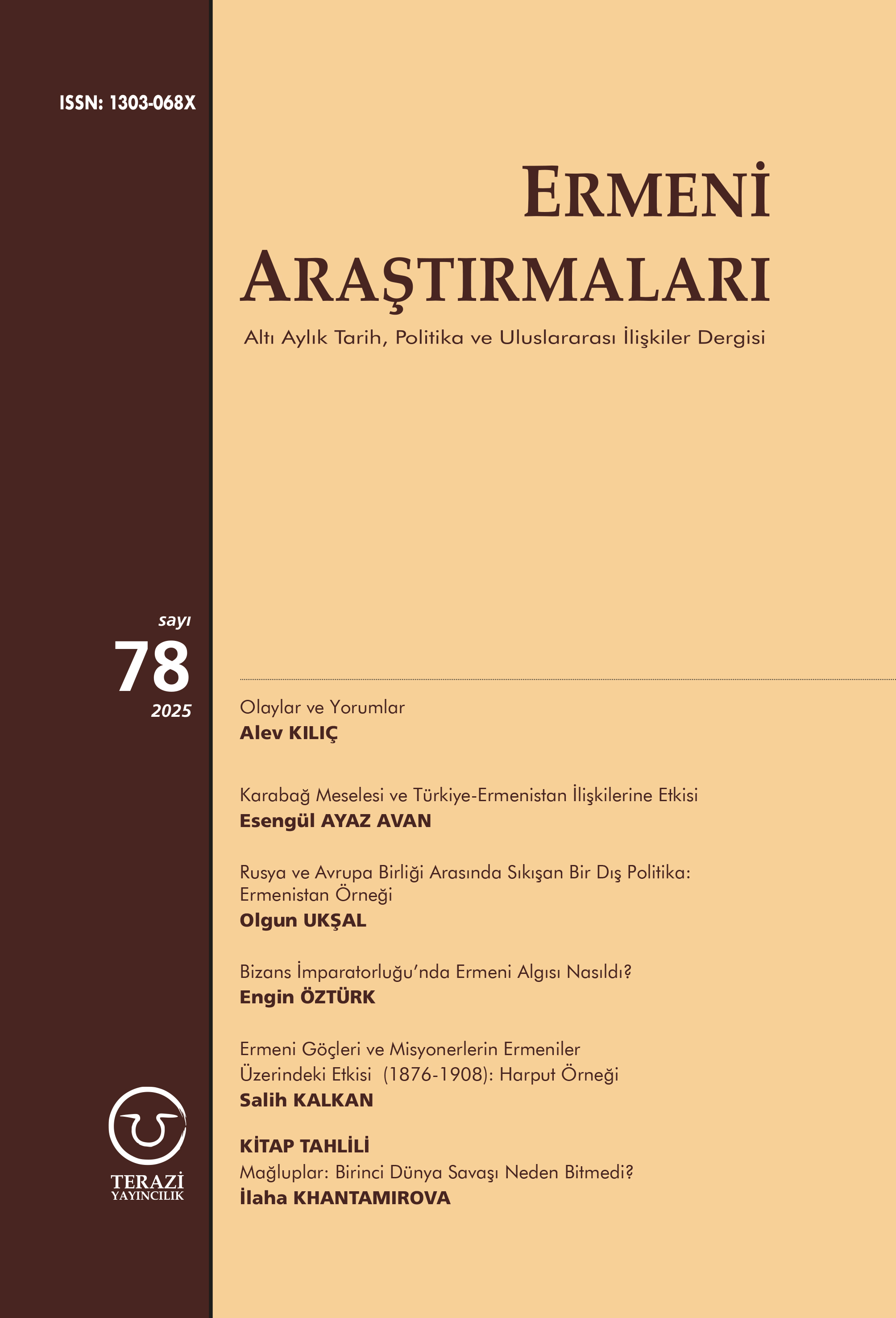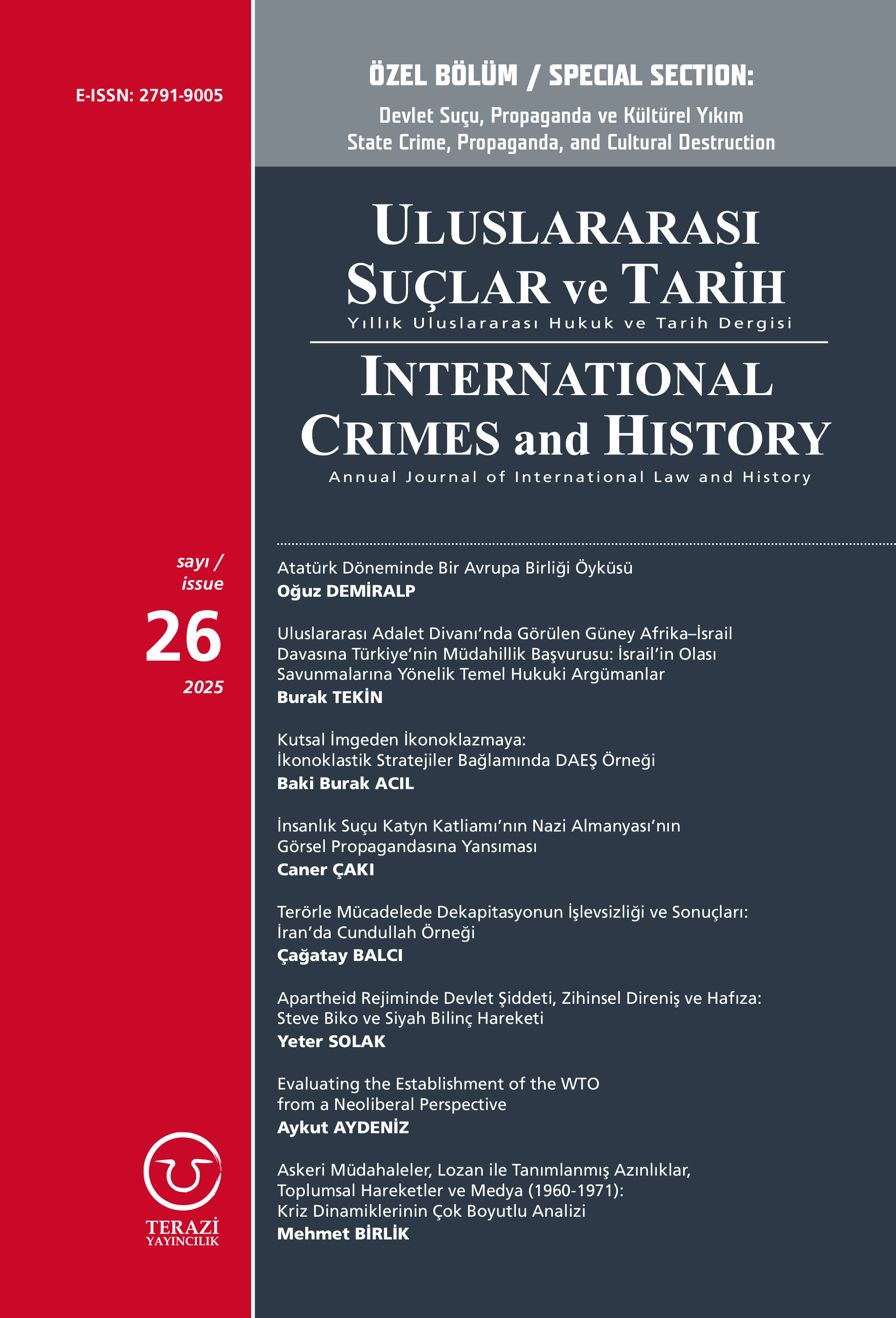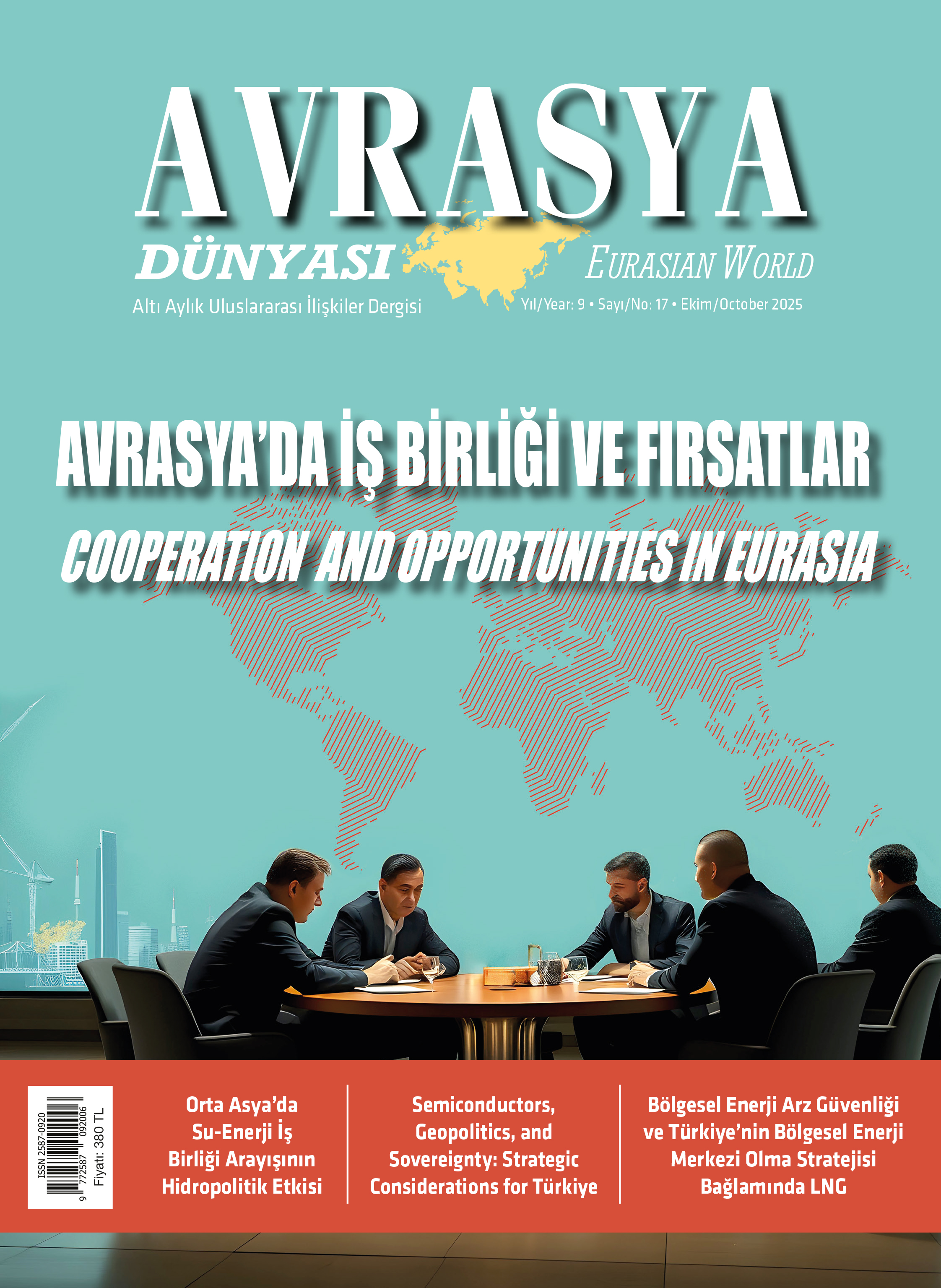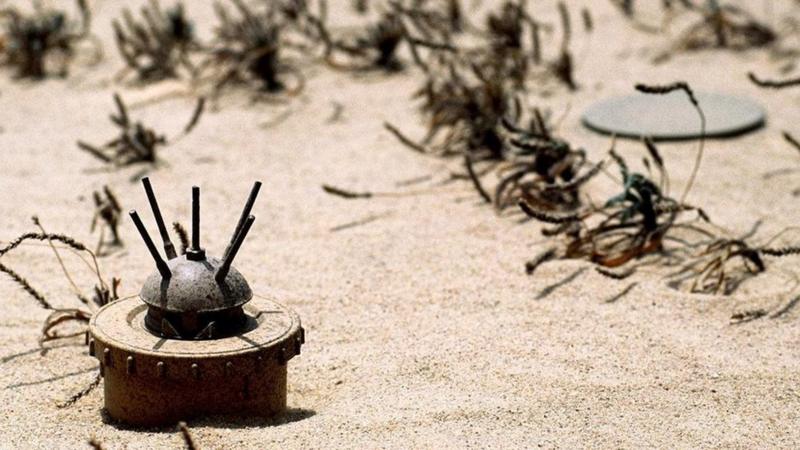
This is the English translation of a Turkish language article that was originally published by AVİM on 8 February 2024.
After the Second Karabakh War (2020), Azerbaijan re-established its sovereignty in its Armenian-occupied territories and suppressed the illegal armed groups in Karabakh with its Counter-Terror Operation on September 19th. Following these victories, the issue of mine-sweeping in the regions that Azerbaijan regained became a current issue.
As is known, Armenia placed a large number of mines in the region before the war and made a commitment to provide maps of the minefields to the Azerbaijani authorities in the agreements made after the war. However, according to the statements of Azerbaijani officials, the maps given by Armenia are substantially inaccurate[1], causing increasing expenditures of mine clearing operations, prolonging of the process, as well as many people, including civilians, losing their lives. Although the statements of the Azerbaijani authorities were previously denied by Pashinyan, they were confirmed by Armenian Minister of Foreign Affairs Mirzoyan. Mirzoyan not only confirmed the statements, but he also admitted that the mine-planting activities in the region continued even after the Second Karabakh War.[2]
Mines are weapons that can explode by pressure or even close proximity, regardless if the victim is a civilian or military. Moreover, they can remain underground for decades. The usage of these weapons pose danger, during times of ceasefires as well as peace. It is known that the majority of deaths caused by mines are civilians and occur during peacetime.[3] Additionally, mines make the land they are planted un-usable and prevent people from returning to their homes and lands, as in the case of Azerbaijan-Armenia. Therefore, these weapons are extremely dangerous and can cause unpredictable destruction, even during peacetime. The use, production and stockpiling of mines are prohibited by the Anti-Personnel Mine Ban Convention (also known as the Ottawa Treaty), which was signed by 146 countries in order to reduce the risks that mines may pose worldwide.
Armenia's laying of mines on Azerbaijani territory also violates Article 3 of the Geneva Convention on Human Rights.[4] Despite this, from 2020 to our current day, a total of 342 people have been victims of the mines planted by Armenia in disregard of international agreements. 65 people have lost their lives (50 of them civilians, 15 military personnel).[5]
All in all, Armenia’s refusal to share its maps of the mines it laid in the region in violation of international conventions, has led to the deaths of many innocent people. Armenia should immediately stop these obstructions that are costing human lives and put an end to this crime by sharing its mine maps with Azerbaijan.
*Photograph: https://www.bbc.com/turkce/vert-fut-39366676
[1] “Azerbaijan Expects Armenia to Hand over Accurate Minefield Maps Soon: MP,” NEWS.AZ, 6 February, 2024, https://news.az/news/azerbaijan-expects-armenia-to-hand-over-accurate-minefield-maps-soon-mp.
[2] “Արարատ Միրզոյանը Հաստատեց Ականապատման Հարցերում Ադրբեջանական Պնդումները. 2023 Թվականին Փաշինյանը «Միջազգայնորեն» Հերքում Էր”, 168, 24 January, 2024, https://168.am/2024/01/24/1987368.html?fbclid=IwAR37U1XTp7GiR70gKJJTVQ3zIV-eMZhjKfra-635zv4ZvqsWoNdLzBkTCPQ.
[3] “Disarmament”, United Nations, 6 February, 2024, https://www.un.org/en/global-issues/disarmament.
[4]“The Geneva Conventions of 12 August 1949”, (Accessed: 6 February 2024), https://www.icrc.org/en/doc/assets/files/publications/icrc-002-0173.pdf.
[5] Farid Zohrabov, “International Support for Demining in Azerbaijan Keeps Limited - Demining Assoc. Chair”, Trend News Agency, 5 February, 2024, https://en.trend.az/azerbaijan/society/3857417.html.
© 2009-2025 Center for Eurasian Studies (AVİM) All Rights Reserved
No comments yet.
-
 ELECTION YEAR TENSION: LOBBIES AND BROKEN PROMISES IN THE USA
ELECTION YEAR TENSION: LOBBIES AND BROKEN PROMISES IN THE USA
Tuğçe TECİMER 12.09.2024 -
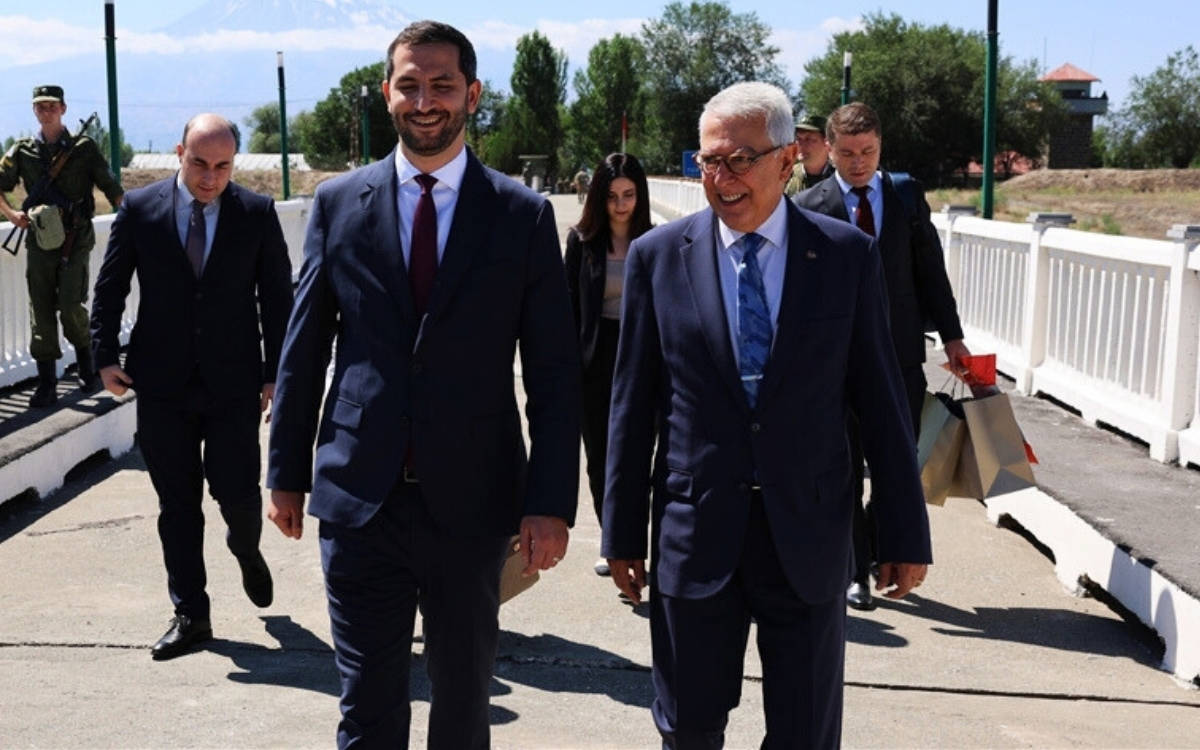 A NEW STAGE IN THE TÜRKİYE-ARMENIA NORMALIZATION PROCESS: THE YEREVAN MEETING
A NEW STAGE IN THE TÜRKİYE-ARMENIA NORMALIZATION PROCESS: THE YEREVAN MEETING
Tuğçe TECİMER 16.10.2025 -
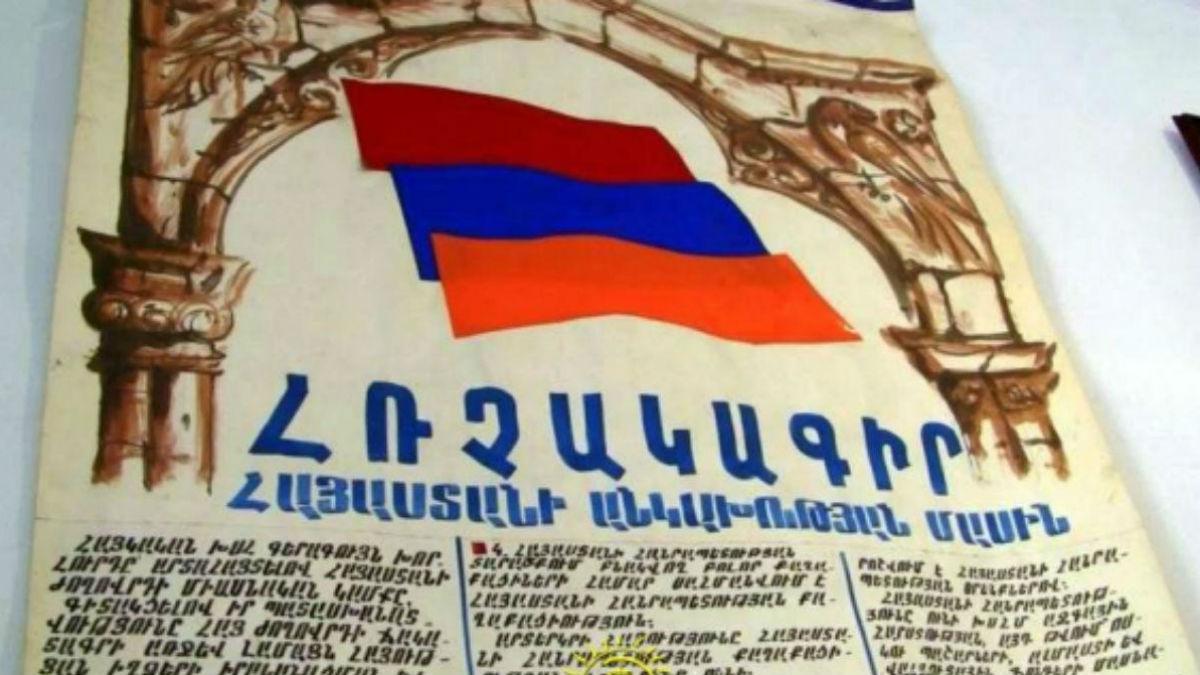 AN OBSTACLE TO THE AZERBAIJAN-ARMENIA PEACE AGREEMENT: CONSTITUTIONAL AMENDMENTS
AN OBSTACLE TO THE AZERBAIJAN-ARMENIA PEACE AGREEMENT: CONSTITUTIONAL AMENDMENTS
Tuğçe TECİMER 13.09.2024 -
 OBSTACLES TO PEACE BETWEEN AZERBAIJAN AND ARMENIA
OBSTACLES TO PEACE BETWEEN AZERBAIJAN AND ARMENIA
Tuğçe TECİMER 26.07.2024 -
 THE AZERBAIJAN-ARMENIA PEACE PROCESS AND THE IMPACTS OF LOBBIES
THE AZERBAIJAN-ARMENIA PEACE PROCESS AND THE IMPACTS OF LOBBIES
Tuğçe TECİMER 18.12.2024
-
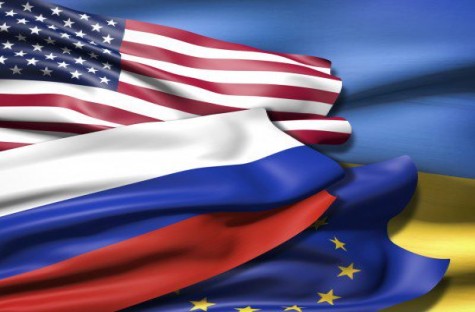 BUSY FEBRUARY AGENDA: UKRAINE ON THE FOCUS
BUSY FEBRUARY AGENDA: UKRAINE ON THE FOCUS
Özge Nur ÖĞÜTCÜ 22.02.2015 -
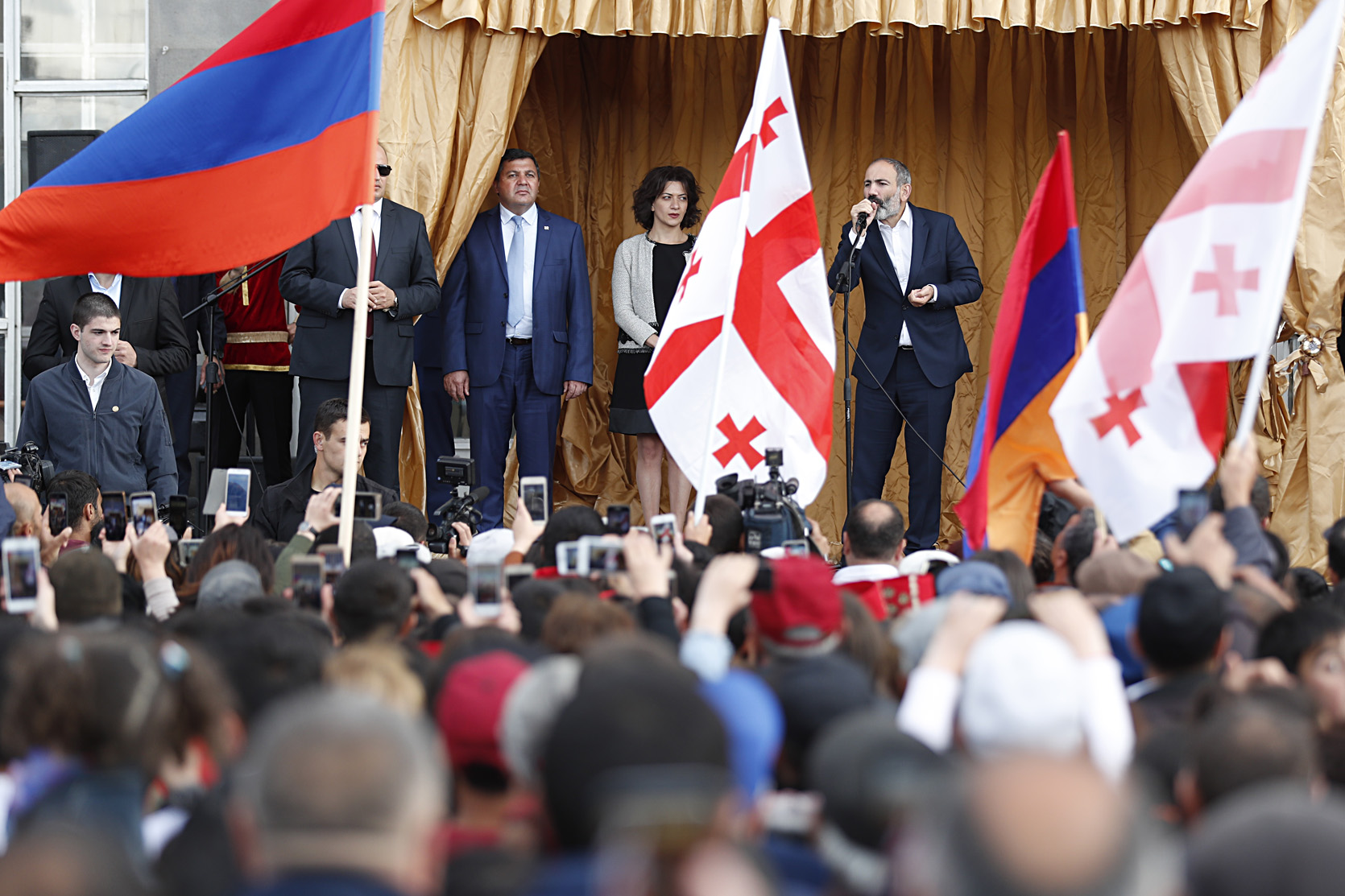 A NEW ERA BETWEEN ARMENIA AND GEORGIA, OR NEW TENSIONS?
A NEW ERA BETWEEN ARMENIA AND GEORGIA, OR NEW TENSIONS?
Aslan Yavuz ŞİR 26.12.2018 -
 FREEDOM OF SPEECH IS NOT TO BE SELECTIVE
FREEDOM OF SPEECH IS NOT TO BE SELECTIVE
mot1985 07.01.2015 -
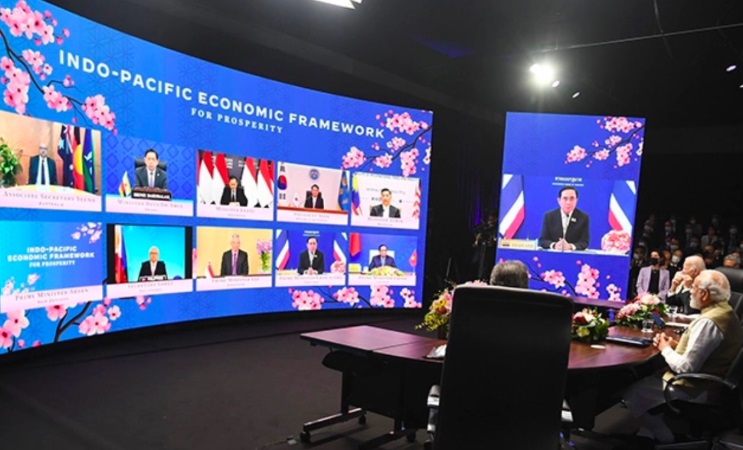 ECONOMIC INTEGRATION GROWS IN INDO-PACIFIC
ECONOMIC INTEGRATION GROWS IN INDO-PACIFIC
Şevval Beste GÖKÇELİK 07.06.2022 -
 A DECEITFUL ATTEMPT TO TARNISH ATATÜRK’S LEGACY AT PRINCETON UNIVERSITY
A DECEITFUL ATTEMPT TO TARNISH ATATÜRK’S LEGACY AT PRINCETON UNIVERSITY
AVİM 09.10.2025
-
25.01.2016
THE ARMENIAN QUESTION - BASIC KNOWLEDGE AND DOCUMENTATION -
12.06.2024
THE TRUTH WILL OUT -
27.03.2023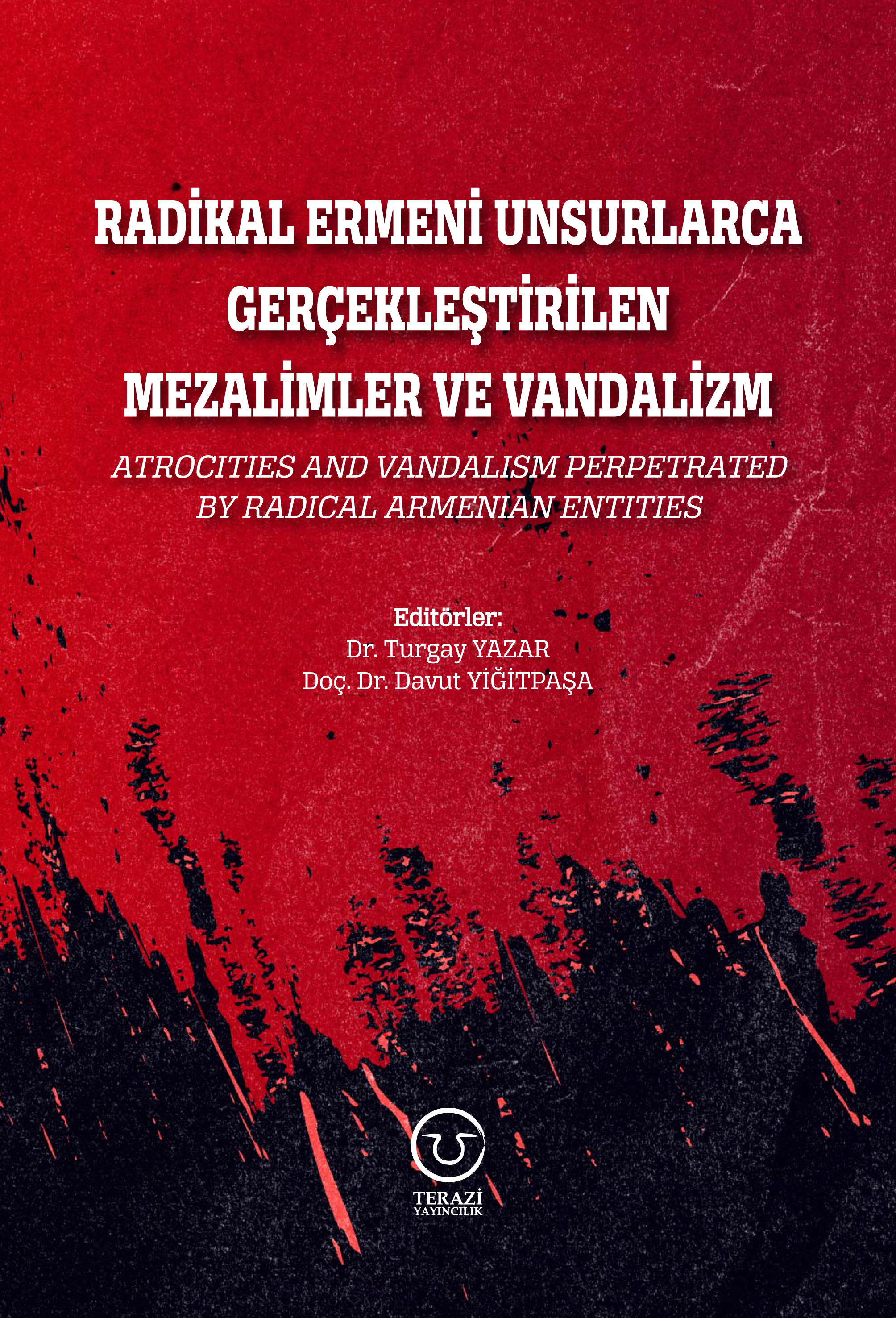
RADİKAL ERMENİ UNSURLARCA GERÇEKLEŞTİRİLEN MEZALİMLER VE VANDALİZM -
17.03.2023
PATRIOTISM PERVERTED -
23.02.2023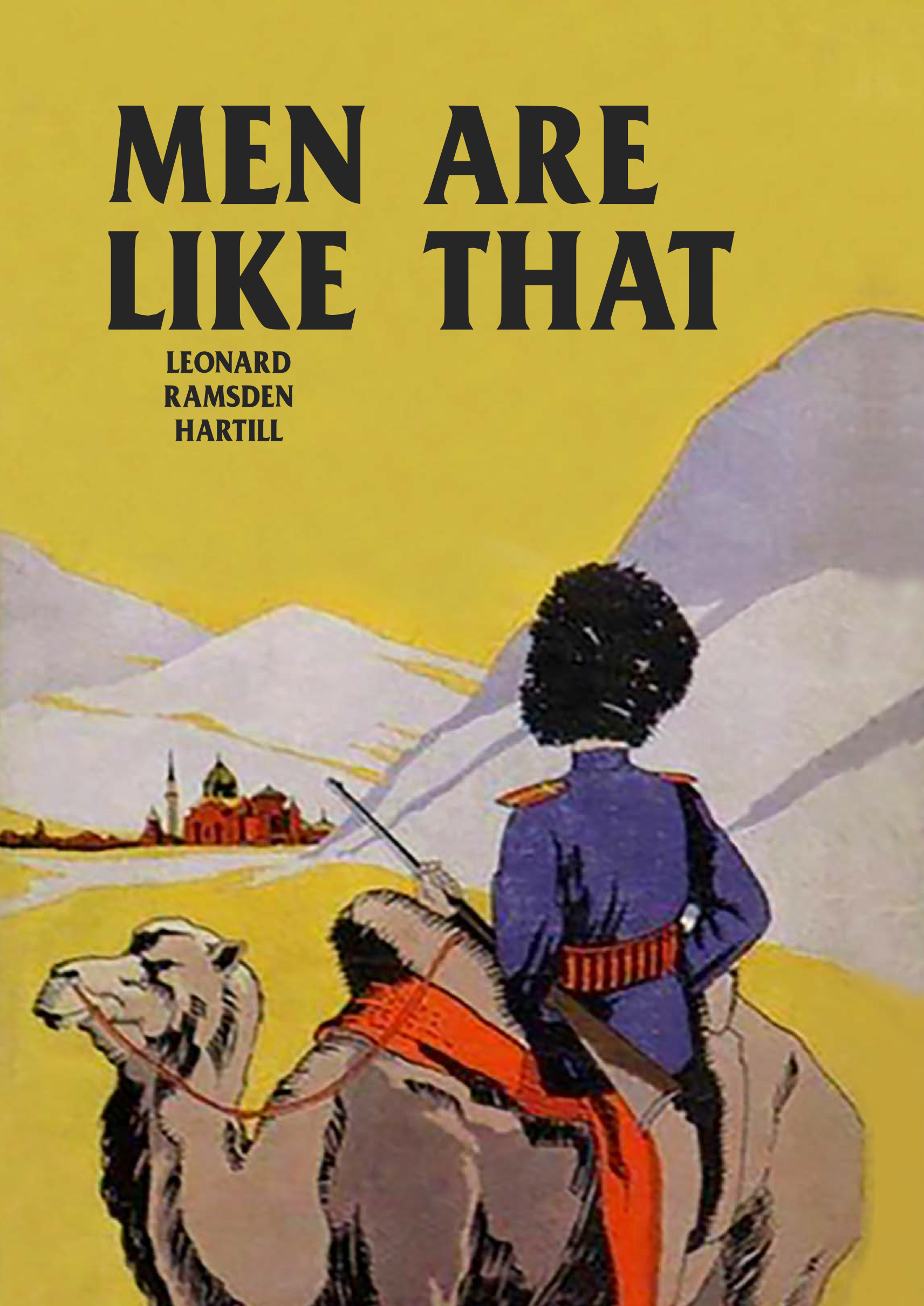
MEN ARE LIKE THAT -
03.02.2023
BAKÜ-TİFLİS-CEYHAN BORU HATTININ YAŞANAN TARİHİ -
16.12.2022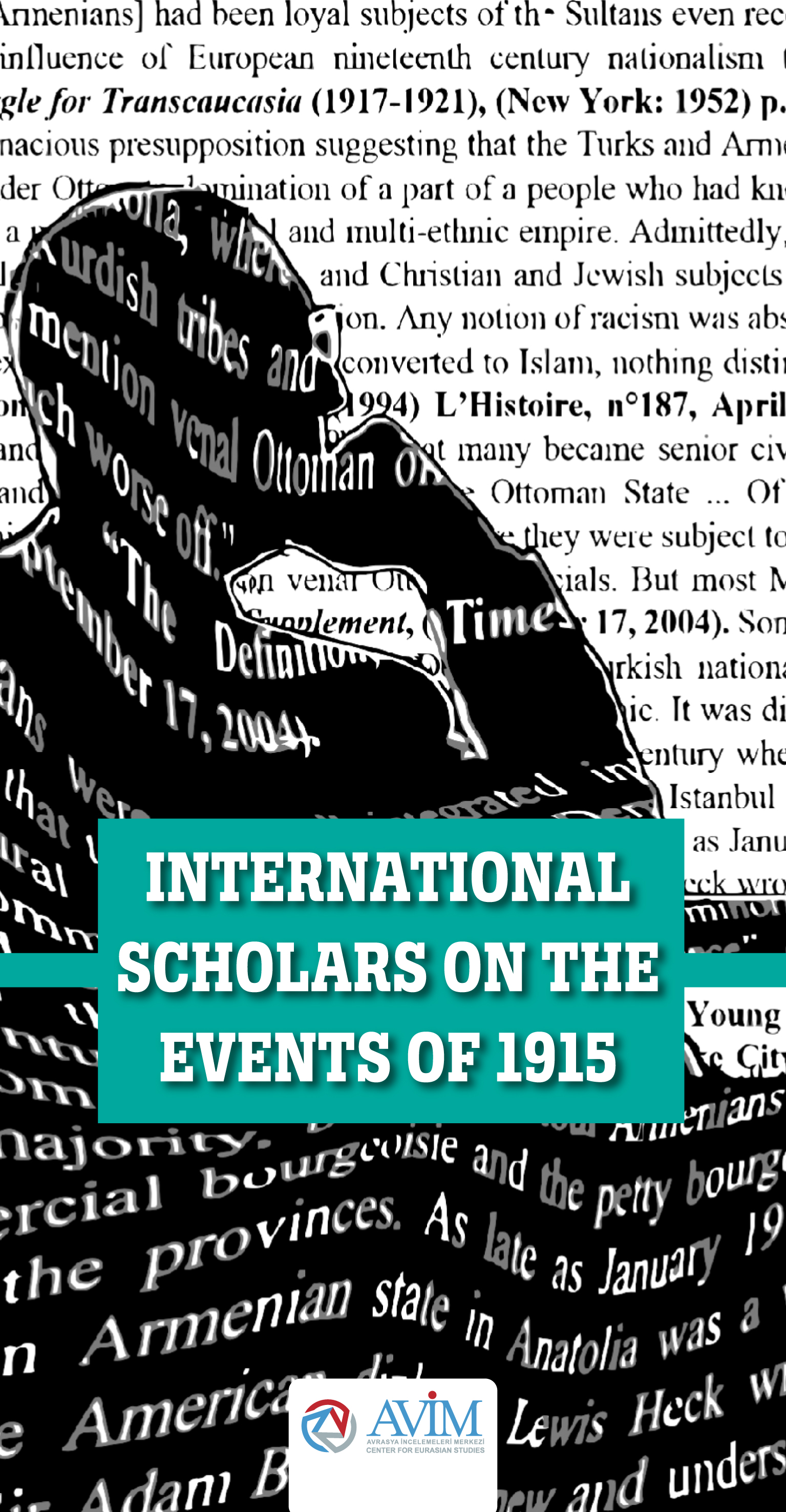
INTERNATIONAL SCHOLARS ON THE EVENTS OF 1915 -
07.12.2022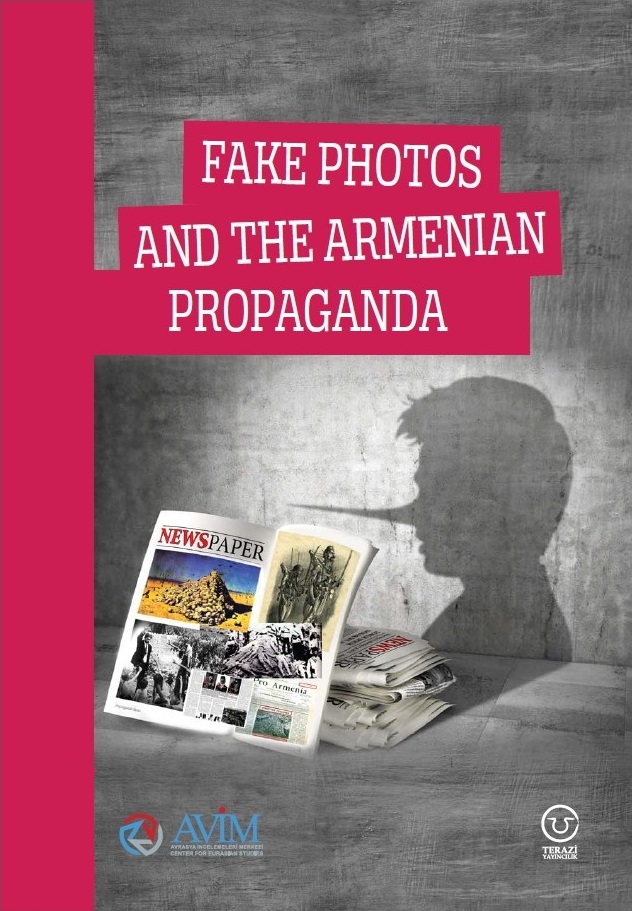
FAKE PHOTOS AND THE ARMENIAN PROPAGANDA -
07.12.2022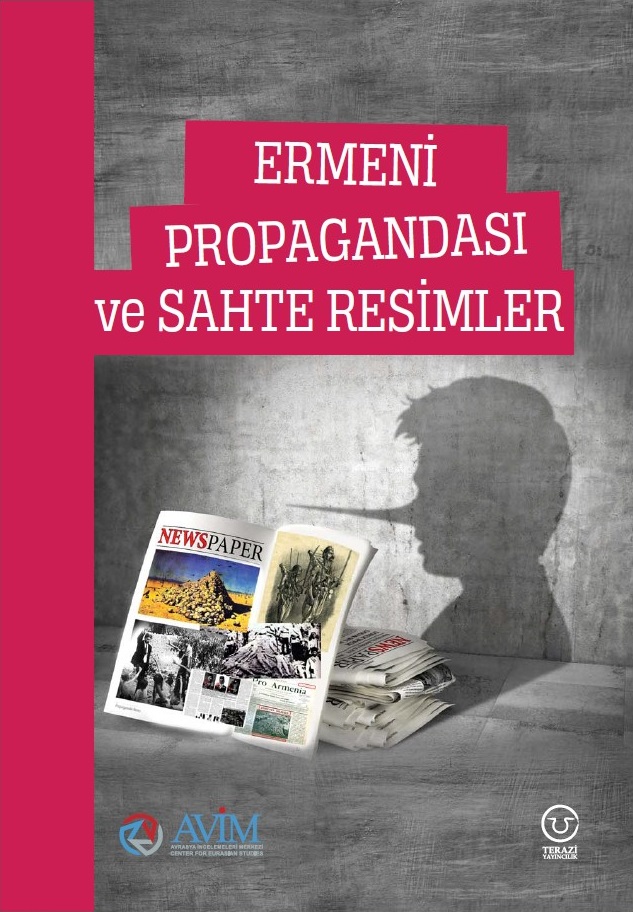
ERMENİ PROPAGANDASI VE SAHTE RESİMLER -
01.01.2022
A Letter From Japan - Strategically Mum: The Silence of the Armenians -
01.01.2022
Japonya'dan Bir Mektup - Stratejik Suskunluk: Ermenilerin Sessizliği -
03.06.2020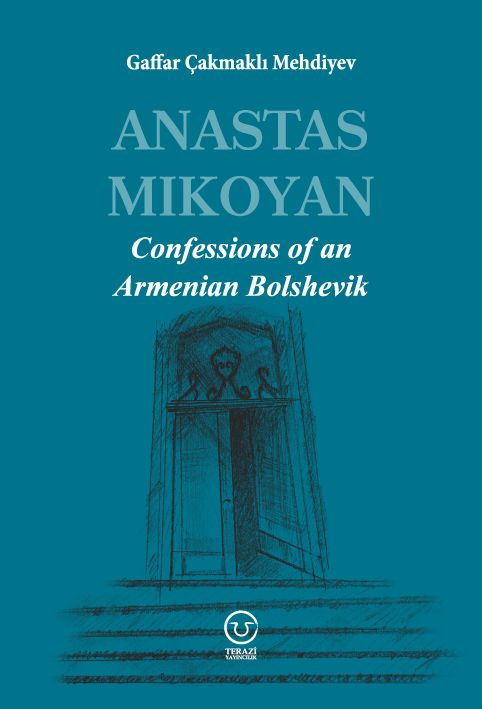
Anastas Mikoyan: Confessions of an Armenian Bolshevik -
08.04.2020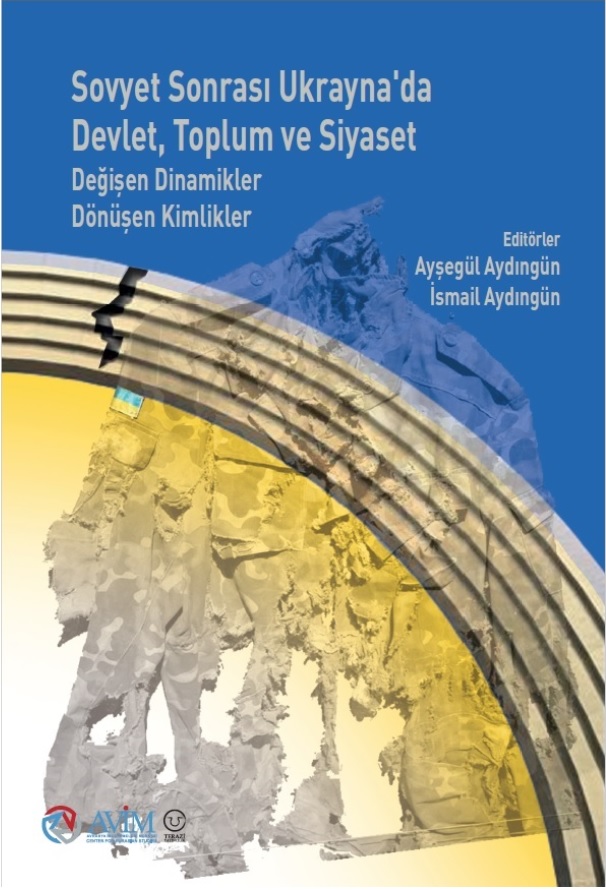
Sovyet Sonrası Ukrayna’da Devlet, Toplum ve Siyaset - Değişen Dinamikler, Dönüşen Kimlikler -
12.06.2018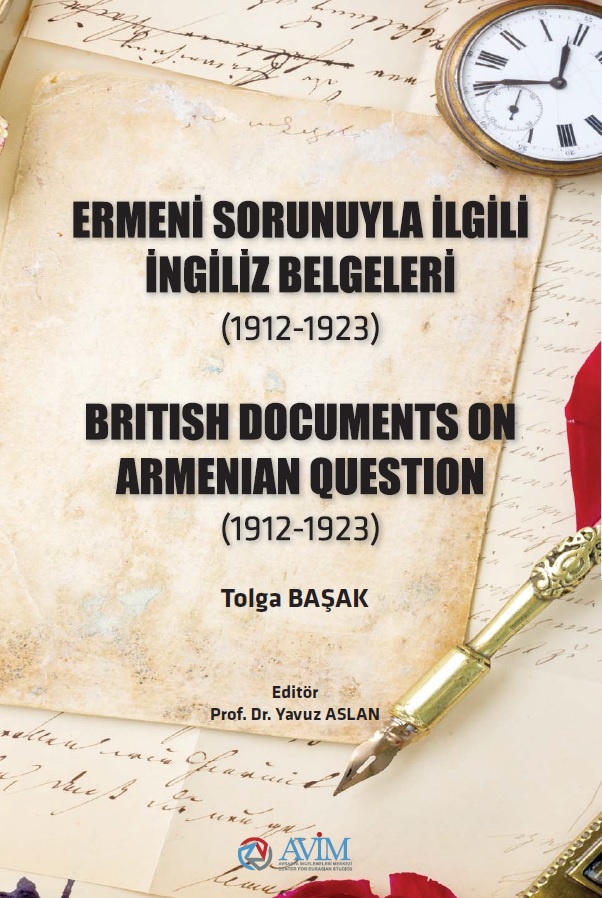
Ermeni Sorunuyla İlgili İngiliz Belgeleri (1912-1923) - British Documents on Armenian Question (1912-1923) -
02.12.2016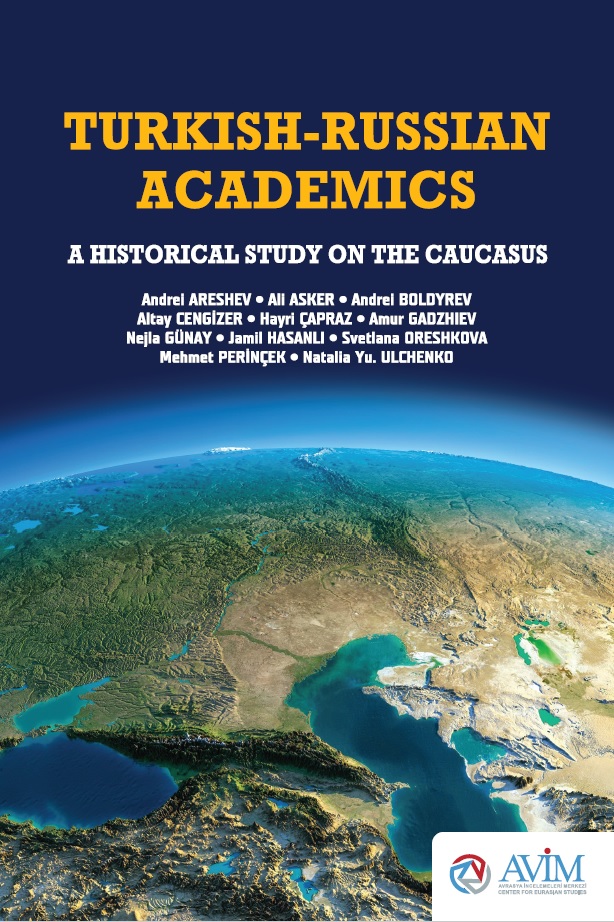
Turkish-Russian Academics: A Historical Study on the Caucasus -
01.07.2016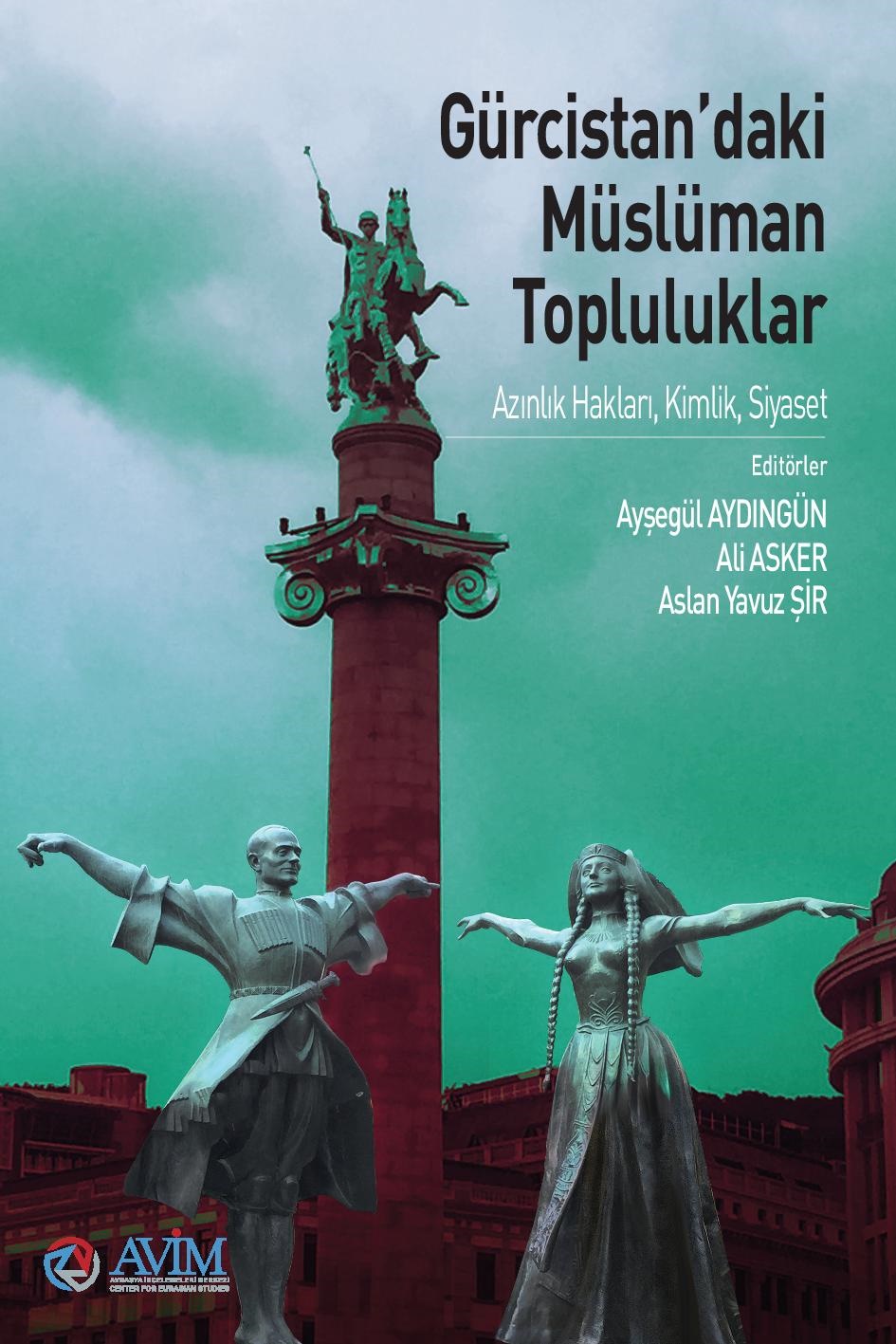
Gürcistan'daki Müslüman Topluluklar: Azınlık Hakları, Kimlik, Siyaset -
10.03.2016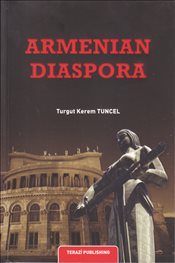
Armenian Diaspora: Diaspora, State and the Imagination of the Republic of Armenia -
24.01.2016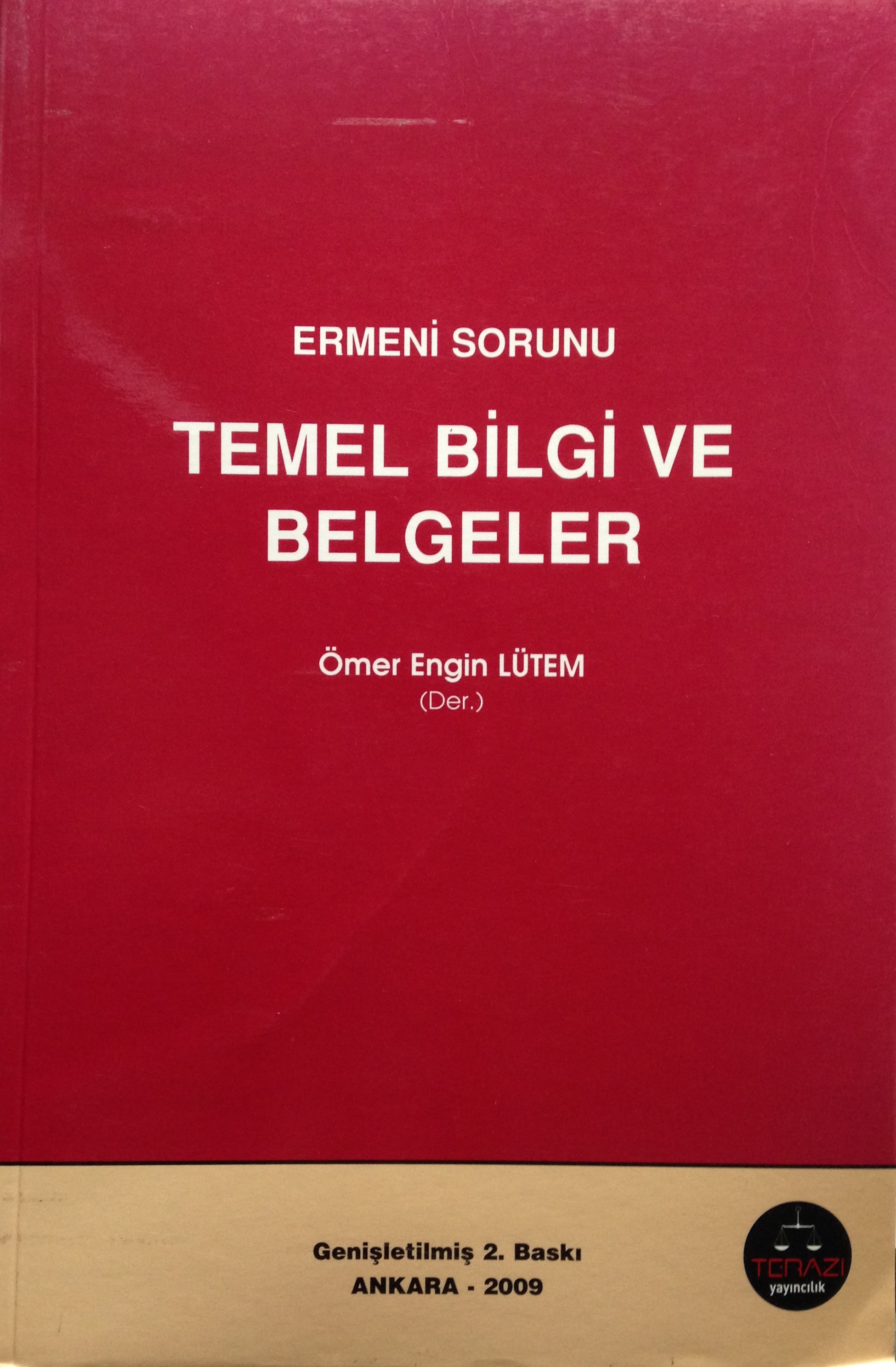
ERMENİ SORUNU - TEMEL BİLGİ VE BELGELER (2. BASKI)
-
AVİM Conference Hall 24.01.2023
CONFERENCE TITLED “HUNGARY’S PERSPECTIVES ON THE TURKIC WORLD"

